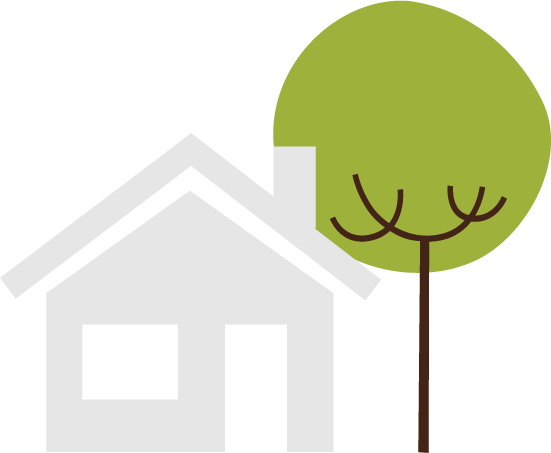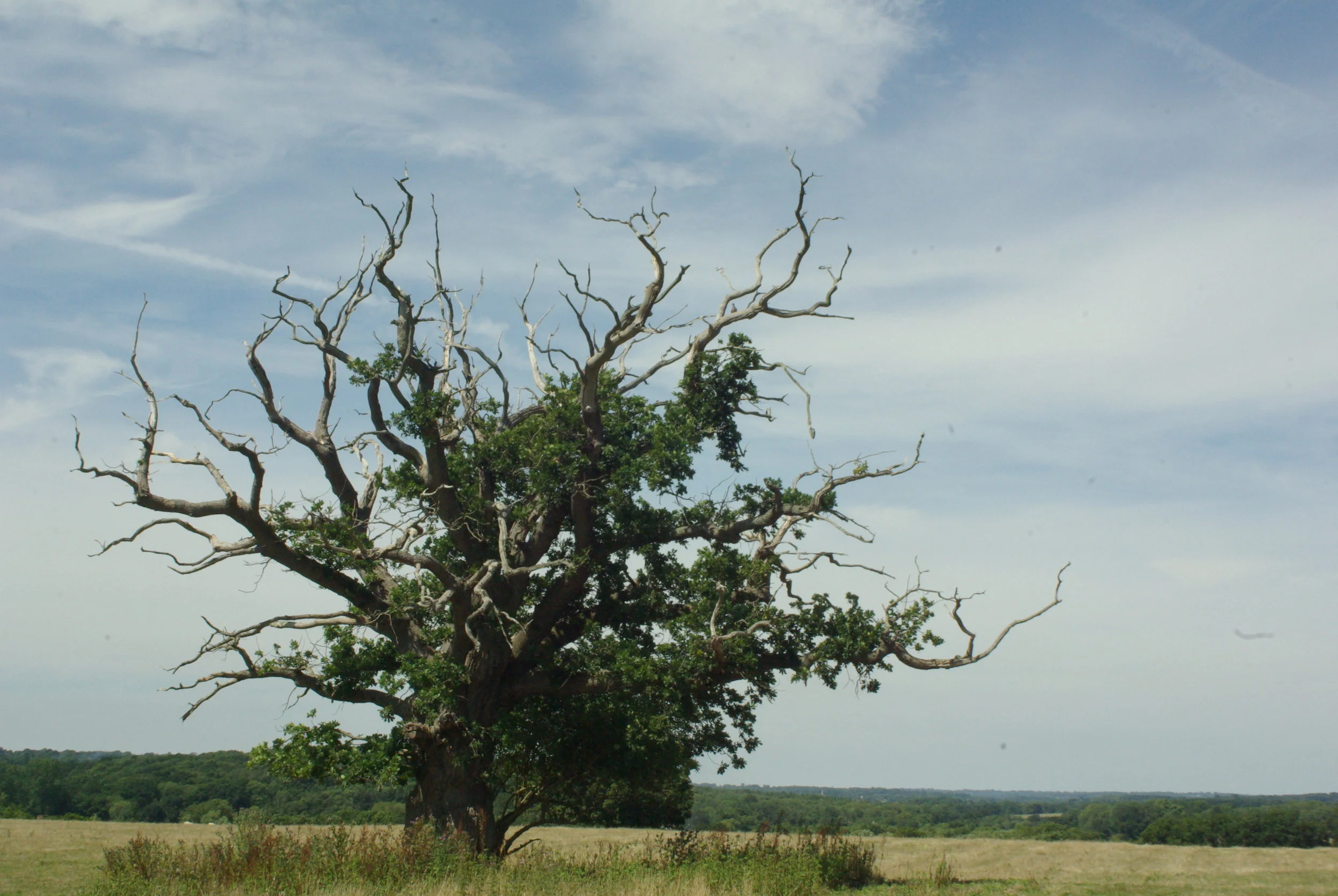What is a Tree Safety Survey?
Tree surveying and tree condition.
Tree safety surveying, also known as tree risk assessment, is the process of assessing the safety and health of trees in a particular area. This process should be carried out by a professional consultant who has the necessary training and expertise to evaluate the condition of trees and identify any potential risks or hazards they may pose to public safety.
Why survey your trees?
The purpose of tree safety surveying is to ensure that trees in a given area are healthy, stable, and structurally sound. This is particularly important in urban areas where trees are often located near buildings, roads, and other structures, and where hazard tree removal may be necessary. A tree that is in poor condition or at risk of falling due to root damage or structural defects can pose a significant danger to people and property in the surrounding area.
Whats involved?
During a tree safety survey or risk assessment, the consultant will examine each tree individually, looking for signs of disease, decay, or structural weakness that may require tree pruning or maintenance. They may also assess the tree's root system, canopy, and overall health to identify any root damage or other issues. If any hazards are identified, the consultant will recommend a course of action to address the problem, such as hazard tree removal or tree maintenance to ensure prolonged retention.
Results and management action
The results of a tree safety survey provide tree management and maintenance, such as tree pruning or removal. Such work is prescribed to minimize risks and hazards posed by trees with structural defects. For example, if a tree is found to be in poor condition, it may need to be removed to reduce the risk of falling and ensure public safety. In other cases, a tree may simply require regular tree maintenance to ensure that it remains healthy and safe.
Overall, tree safety surveying or risk assessment is an important process that helps to ensure the safety and health of trees in urban areas, and to minimize the impact of tree-related incidents on people and property. By identifying potential risks and hazards, arborists can help to prevent accidents and promote public safety.
“After several failures in high winds and never having carried out a survey for the parish, Owen helped us to organise this aspect of our responsibility to the public. A great help.”
Scaled assessments to suit your needs
Why pay for confusing, convoluted or voluminous data you don’t need? Get tailored assessments with accessible data to pass to your chosen contractor as part of your personalised assessment.







